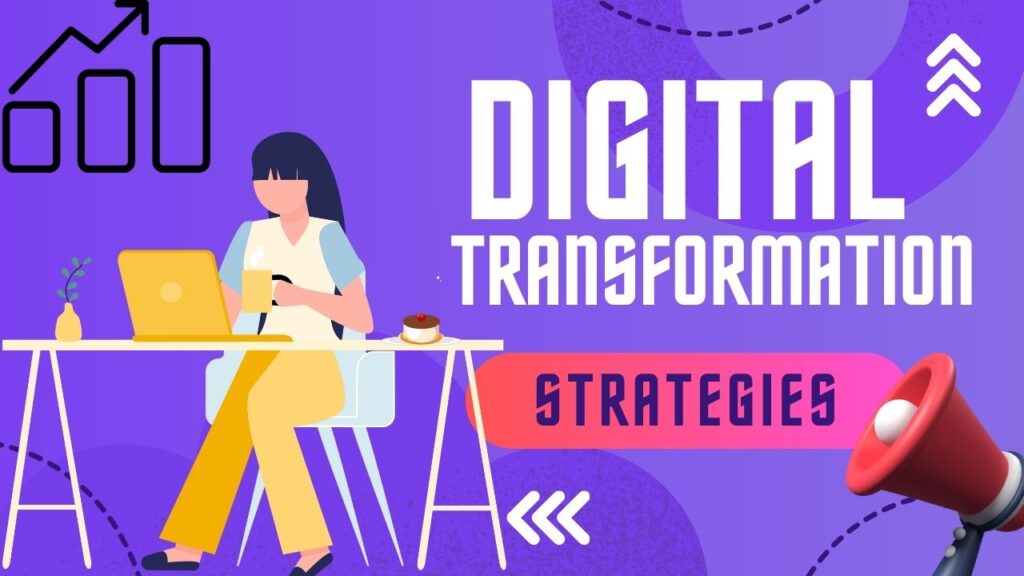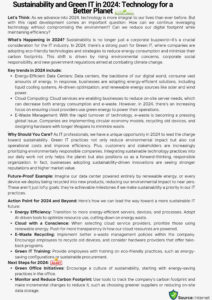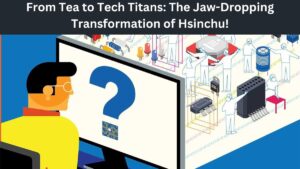

Introduction:
The future of work is undergoing a seismic shift, propelled by technological advancements, demographic changes, and evolving workplace dynamics. In recent years, the proliferation of remote work, driven by digital collaboration tools and cloud-based technologies, has reshaped traditional work structures and paved the way for a more flexible and agile workforce. Concurrently, organizations are embarking on digital transformation journeys, leveraging emerging technologies such as artificial intelligence, data analytics, and automation to drive innovation and streamline operations. As we navigate the complexities of the future of work, it is essential to explore the challenges and opportunities presented by remote collaboration, digital transformation, and the emergence of hybrid work models.
- Remote Collaboration: Redefining the Boundaries of Work
Remote collaboration has emerged as a cornerstone of the modern workplace, enabling teams to collaborate and communicate seamlessly across geographical distances and time zones. With the advent of digital collaboration tools such as video conferencing, project management software, and instant messaging platforms, employees can collaborate on projects, share documents, and communicate in real-time regardless of their physical location. The benefits of remote collaboration are manifold, including increased flexibility, improved work-life balance, and access to a global talent pool.
However, remote collaboration also presents challenges that organizations must navigate effectively. Communication barriers, such as time zone differences and language barriers, can hinder effective collaboration and lead to misunderstandings among team members. Moreover, maintaining team cohesion and fostering a sense of belonging can be challenging in a remote work environment, where face-to-face interactions are limited. To overcome these challenges, organizations must invest in robust communication strategies, establish clear expectations for remote work, and provide opportunities for virtual team-building and social interaction.
- Digital Transformation: Empowering the Future Workforce
Digital transformation is reshaping traditional work structures and processes, driving organizations to embrace innovation and adopt new technologies to remain competitive in a rapidly evolving business landscape. From cloud computing and artificial intelligence to robotic process automation and Internet of Things (IoT) devices, emerging technologies are revolutionizing the way work is done, enabling organizations to streamline operations, enhance efficiency, and deliver value to customers in new and innovative ways.
In the realm of digital transformation, upskilling and reskilling the workforce are critical components of ensuring that employees have the skills and competencies needed to thrive in an increasingly digital workplace. Organizations must invest in training programs and professional development opportunities to equip employees with the digital literacy and technical skills required to leverage emerging technologies effectively. Additionally, fostering a culture of innovation and experimentation is essential for driving digital transformation initiatives and encouraging employees to embrace new ways of working.
- Hybrid Work Models: Balancing Flexibility and Collaboration
As organizations embrace remote work and digital transformation, hybrid work models are emerging as a flexible and adaptable solution for balancing the benefits of remote work with the advantages of in-person collaboration. Hybrid work models allow employees to work from home part-time while also providing opportunities for face-to-face interaction, collaboration, and team-building activities in physical office spaces. This hybrid approach offers the best of both worlds, allowing employees to enjoy the flexibility of remote work while also facilitating meaningful social connections and collaboration with colleagues.
In a hybrid work environment, organizations must strike a delicate balance between flexibility and structure, empowering employees to choose when and where they work while also maintaining clear expectations and communication channels. Moreover, creating a hybrid-friendly workplace requires investment in technology infrastructure, such as video conferencing facilities and collaboration tools, to facilitate seamless communication and collaboration between remote and in-office employees. By embracing hybrid work models, organizations can attract and retain top talent, promote work-life balance, and foster a culture of collaboration and innovation in the future of work.
Conclusion:
In conclusion, the future of work is characterized by remote collaboration, digital transformation, and the rise of hybrid work models, driven by technological innovation and changing workplace dynamics. As organizations navigate the complexities of the future of work, it is essential to embrace remote collaboration tools, invest in digital transformation initiatives, and adopt hybrid work models that balance flexibility and collaboration. By empowering employees to work anytime, anywhere, and fostering a culture of innovation and inclusivity, organizations can thrive in a rapidly evolving business landscape and shape the future of work for years to come.






